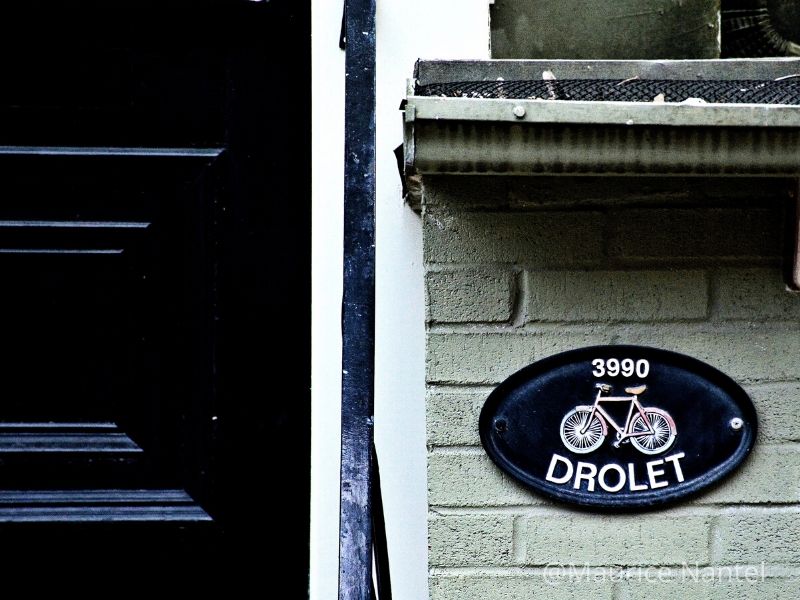
From the moment you make the decision to invest in real estate you are faced with many questions and a wide variety of answers.
After conducting a survey, the OACIQ, Organisme d’autoréglementation du courtage immobilier du Québec, found that only 39% of respondents felt well prepared to buy their first property. To help you get started, the organization has put together a Buyer’s Guide containing everything you need to know.
To buy a property properly, the OACIQ distinguishes 3 steps: before, during and after the purchase:
Before
It all starts with the choice, or not, of a real estate or mortgage broker to facilitate your steps. You should know that 97% of the transactions made with a broker go well. The OACIQ’s mission is to protect the public, which is why it is the OACIQ that issues permits to brokers.
When you do business with one of them, you benefit from the protections of the Real Estate Brokerage Act, which is not the case if you choose to take the steps yourself. Once you’ve chosen your broker, ask him or her any questions that come to mind. It is important to find out about your broker’s duties and obligations so that the process is clear. By targeting your needs with him or her, you will then be able to determine a budget that takes into account your objectives and your down payment.
Finally, you can have your broker sign an Exclusive Brokerage Agreement – Purchase, which outlines his or her obligations. This option is recommended if you are buying a residential building with less than 5 units, a divided co-ownership or an undivided co-ownership.
During
Once you’ve found the property of your dreams, you’re ready to submit your promise to purchase to the seller. But before you do so, take into account the seller’s statements about the property. In this document, the seller must include all the information he or she has concerning the condition of the property.
Your broker will review the situation with you and point out the elements that should be kept in mind. If you subsequently agree to submit an offer to purchase, the broker will use one of the mandatory OACIQ forms. This is the best time to ask your questions about all the clauses.
Once this document has been submitted to the seller’s broker, you may receive a counter-offer in response, which means that your offer is refused, but may be accepted under certain conditions provided by the seller. You can then accept, or respond with a counter-proposal in your turn. Something good to know: the most recent counter-offer cancels all previous counter-offers.
To close the sale, you will need the initial promise to purchase and the latest version of the counter-proposal. It will be strongly recommended to proceed with a building inspection; refusing to do so could be detrimental to you if a problem arises.
After
Once the promise to purchase or its counter-proposal is accepted, you will go before a notary. You should allow approximately 3% of the purchase price of the property to cover the costs related to possession and moving in. It is the notary’s responsibility to draw up the deed of sale and the deed of the loan. He will make some checks, for example: whether the seller is the owner and has the capacity to sell whether the dimensions of the land are correct. He will then register the transaction in the Land Registry, which will make public your right of ownership of the house.
You will then receive the title deeds, which you should read again carefully. When you move in, make sure that all the properties mentioned in the promise to purchase are present and functioning. If you are dissatisfied with any aspect of your move, you are protected by the Act and can therefore contact the director of the agency, or one of the OACIQ agents.
Consult the buyer’s guide here.
Contact one of our brokers to benefit from an accompaniment in complete confidence.
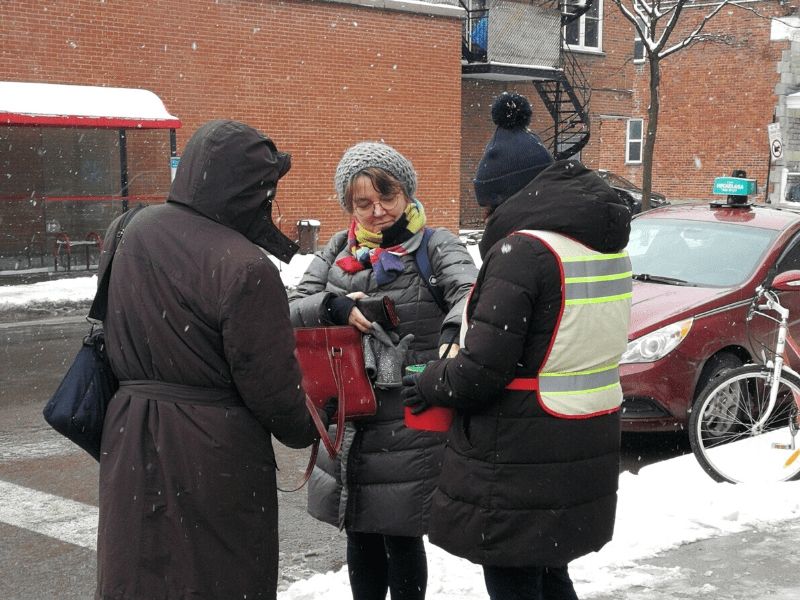
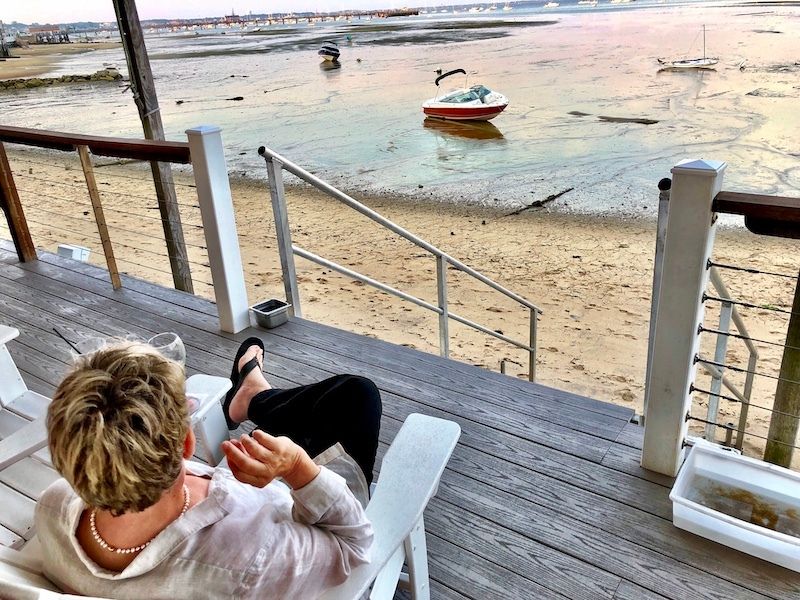
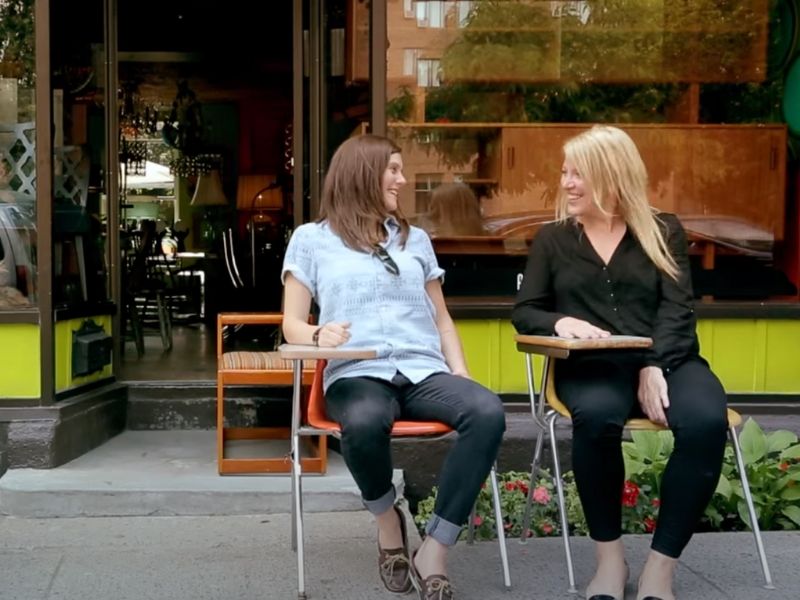
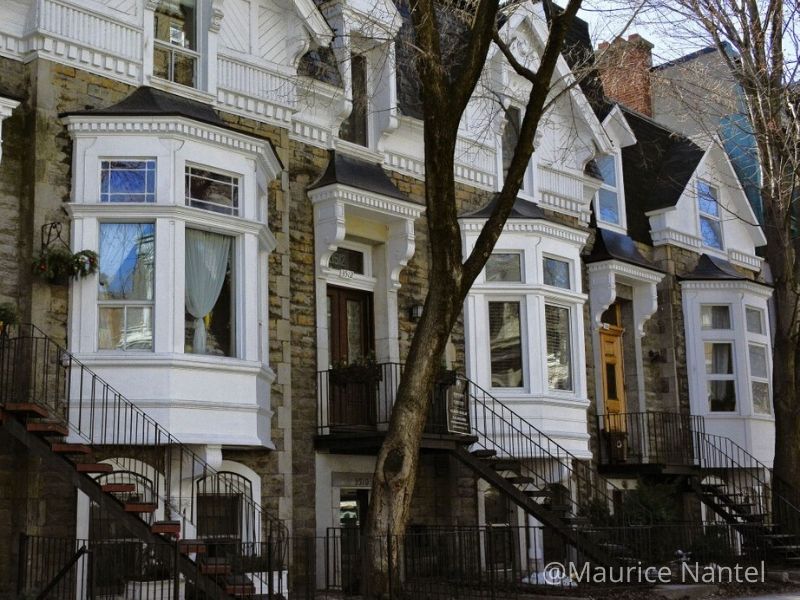

0 Comments